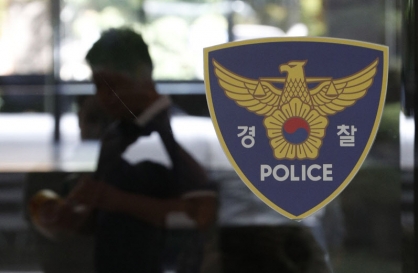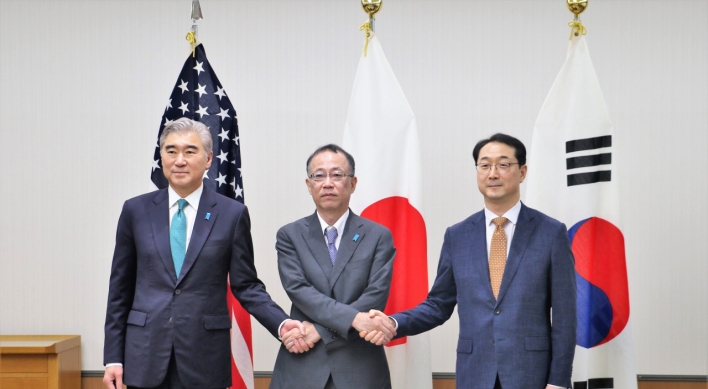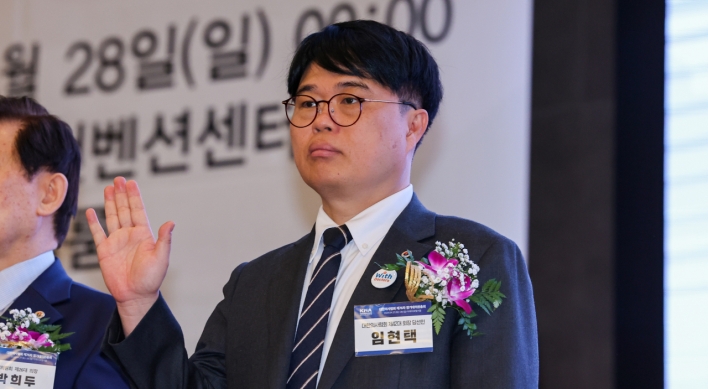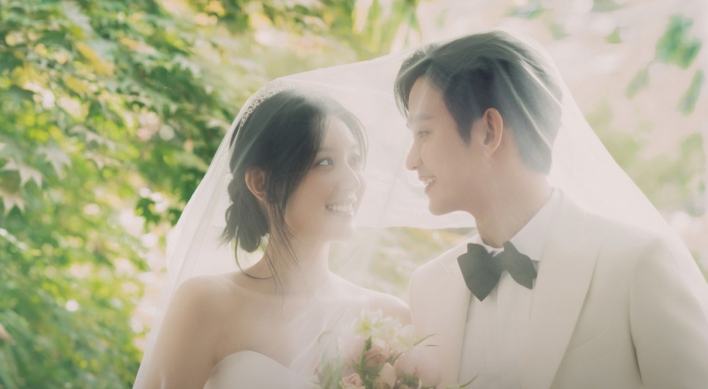In today’s increasingly digital world, collecting and enjoying books may seem outdated.
Nonetheless, many still remain attached to paper books as they allow for a “comprehensive” experience. “I love the feeling of turning the pages, which is a special experience. Paper books will always be closer to my heart,” said Chung Hye-sun, a 34-year-old office worker.
In order to survive in the digital era, many libraries are specializing, devoting their shelves to a specific category or language, for example.
Nonetheless, many still remain attached to paper books as they allow for a “comprehensive” experience. “I love the feeling of turning the pages, which is a special experience. Paper books will always be closer to my heart,” said Chung Hye-sun, a 34-year-old office worker.
In order to survive in the digital era, many libraries are specializing, devoting their shelves to a specific category or language, for example.

Design and art
Design and art are the “in” industries in Korea at the moment and more libraries are increasing their stock of design and art books.
In Gahoe-dong, a quiet, traditionally upper-class neighborhood in central Seoul, stands a modern, flashy archive of design. The Hyundai Card Design Library, established by Hyundai’s credit card company, opened last month under the slogan “Everything about design since the Bauhaus movement.”
The three-story building is home to more than 11,000 books, the collection ranging from Taschen’s publication of Playboy covers to complete editions of the now-defunct Life magazine, internationally acclaimed Italian design and architecture magazine Domus and more.
The library marked its opening by exhibiting all editions of Visionaire magazine, a U.S. fashion-based pan-cultural publication. Its founder, Cecilia Dean, delivered a special lecture to design enthusiasts at the opening. Since most of the Visionaire copies are limited editions, people must wear gloves to touch some of the exhibited items to prevent damage.
To make the collection stand out from others, the card company hired experts in architecture, industrial, visual and general art and design as book curators and assigned them to select the books. Their mission was simple but not easy: The books had to be inspiring, useful, wide ranging, influential, thorough, aesthetic and timeless. The curators chose more than 5,000 titles from all over the world and left commentaries for 850 of them, which can be read on iPads installed on the second floor.
The design of the library was optimized for the preservation of the books.
“Hyundai Card has a motto of maximizing the windows but sunlight could pose damage to the books in the long run. We had to compromise ― we used glass that allows less sunlight to pass through. The bookshelves are located away from the windows to keep away the sun, but the room is still full of natural sunlight,” said Cha Kyung-mo, a spokesman for the card company and library.
On the first floor is a caf with contemporary art magazines from different countries. On the third floor is a very small room resembling a meditation spot.
“We wanted to bring back the cozy atmosphere of the attic and the view from here is exquisite,” Cha said.
Cha said the library is for all people who are interested in design.
“Every year about 3,000 design majors graduate from schools. However, there isn’t really a proper archive or library to fulfill their desire to get the latest information in their industry. We have decided to adopt an analog style, combined with the state-of-the-art field of design,” Cha said.
The library is open Tuesday through Saturday from 1 p.m. to 10 p.m., and from 11 a.m. to 6 p.m. on Sunday. Only Hyundai card members and one guest are admitted and only up to 50 people are admitted to the second floor at the same time. For more information, call (02) 3700-2700.
Dagam in Bucheon, Gyeonggi Province, has about 25,000 books mainly about fine arts. First started as a small section in the library, it outgrew other sections and the management decided to convert the concept of the institution to a library specializing in art.
“At the time when people were talking about practical studies we thought tracking down the origins of the arts would be interesting,” said Jeong Hee-sook, a library spokesman.
There are also more than 50 magazine titles, 5,000 CDs and 6,600 DVDs in the related fields and video devices at the library allow people to learn nearly everything about art ― from the very classic to the contemporary genres.
To serve the local community the library holds art classes for students and visits schools to hold special sessions.
“It is an art library close to the neighborhood. We are planning to combine the two factors and help people feel closer to art,” Jeong added. The library is open Tuesday through Sunday, from 10 p.m. to 6 p.m. Only those over 14 years old and over are admitted. For more information, call (032) 320-6327.
English books
Libraries have always served as the frontline of new ideas and latest information. A growing number of people look toward English texts to get the latest information from other parts of the world and at the same time strengthen their English aptitude.
In the bustling area of Anguk-dong in central Seoul is a library dedicated to English-language material on Buddhism. The Buddhist English Library of Seoul, aligned with the Institute of Buddhist English Studies, opened in 2007, has become a sacred spot for foreigners wanting to learn more about Buddhism and seeking inner peace.

There are more than 800 books about Buddhism theories and principles in English, which are mostly donated by travelers and mediators, many of whom are foreigners. The institution was established by a monk and remains independent from the central Buddhist management, relying on volunteers to run it.
“We didn’t think Buddhism should be limited to Buddhists. Instead we wanted to get closer to those who know little about our beliefs,” said volunteer Kim Myung-ae.
In a separate room, bookshelves host other genres, such as books about other religions such as Islam or Baha’i and even a rare book on The Beatles.
“We do not reject books about other religions. We believe they are worthy of our respect,” she said.
The library also holds programs such as Tibetan and vipassana meditations, group English studies and yoga, hosted by foreign monks or Korean instructors.
The library is open from 11 a.m. to 4 p.m. on weekdays and from 11 a.m. to 2 p.m. on Saturdays. For more information, visit bels.kr or call (02) 730-0173.
For children
Juyeop Children’s Library in Ilsan, Gyeonggi Province, has more than 8,000 of its books written in foreign languages out of 100,000 holdings. It recently announced a plan to specialize in foreign languages and the second floor of the library will be rearranged into a “Global Library” in the near future.
“We are trying to focus on the social sciences so that what children read can be related to their academic assignments,” said Lee Hye-young, spokeswoman of the library.
The library is open Monday through Sunday except for the second and fourth Mondays of the month. For more information, call (031) 8075-9170.
By Bae Ji-sook (baejisook@heraldcorp.com)
-
Articles by Korea Herald



















